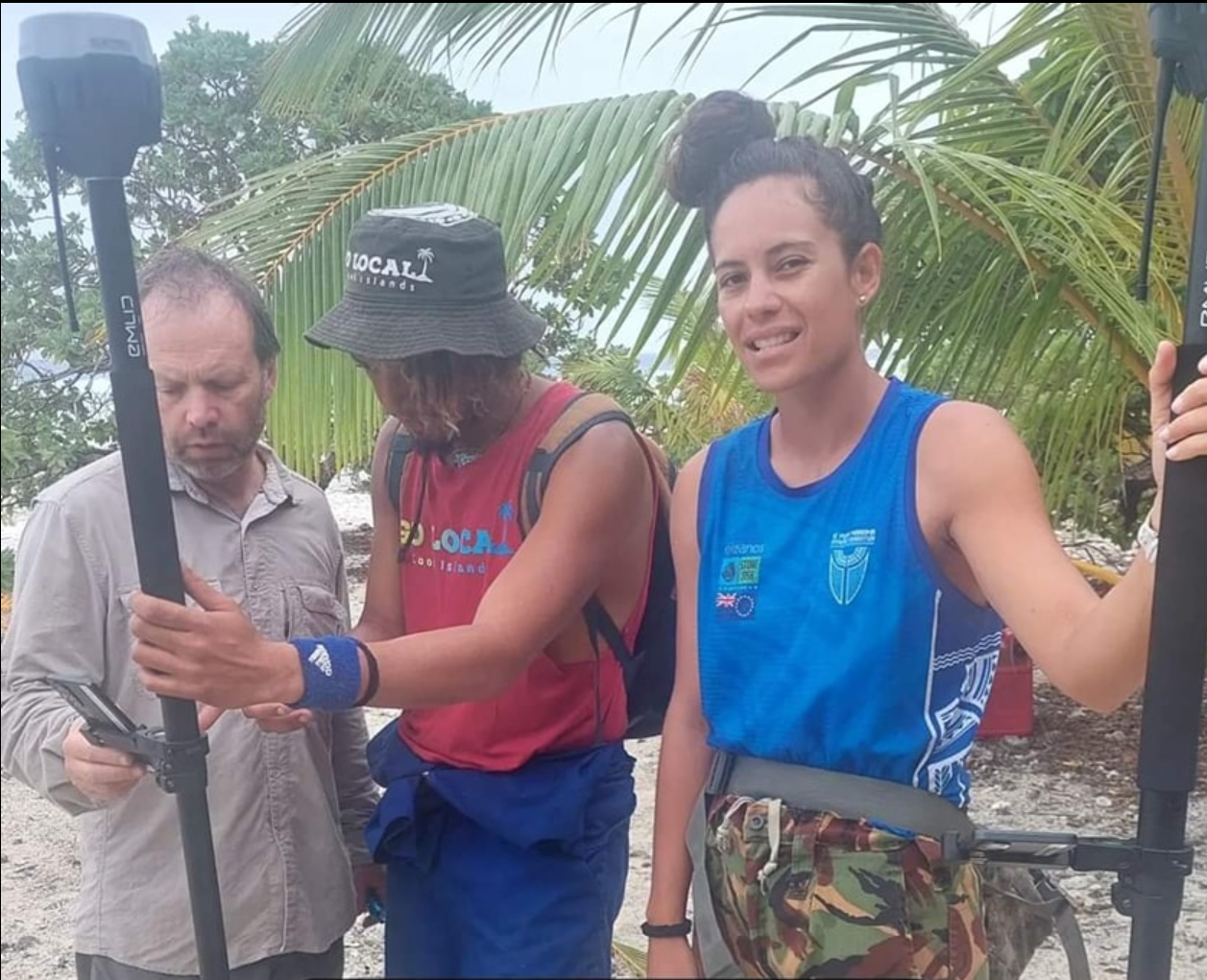Takutea rat eradication project starts
Kia orana from the (normally) uninhabited island of Tautea, a small sand cay motu about 21km from Atiu. It is 1.25 sq.km, or 125 hectares, in area and approximately 4.5km around. It is home to a number of important sea bird species, including red tailed tropic birds, red-footed boobies, brown boobies, masked boobies and frigate birds. It also acts as a temporary home for migrants such as the bristle thinghed curlew and the wandering tattler. It is currently home to 16 individuals representing the Takutea Trust, the Atiu Island Government, the Cook Islands Voyaging Society, Island Conservation, the National Environment Service and Te Ipukarea Society.
In order to help the seabird colonies thrive, these groups have teamed up to eradicate all the rats from Takutea. Although a relatively small island, this is a mammoth task, involving the cutting of 45km of tracks through the bush, to set up 2,500 baiting points in a 20m by 20m grid pattern across the entire island. Bait will be thrown around each of these baiting points, ensuring every square meter of the island will receive some bait. The bait is harmless to the crabs on the island, although people will not be able to eat any crabs from Takutea for at least 6 months after the baiting, until the bait is completely expelled from the crabs. The seabirds also live off the fish that they catch, and will not eat the bait. We have done similar projects on Suwarrow and Palmerston, with no harm to other species.
We departed Rarotonga on Wednesday morning, arriving Atiu on Thursday. After working through some of the logistics with the Atiu crew, we set off for Takutea at 2pm, arriving at 5.30 pm.
One of the hardest parts of the job is getting all the camping gear, technical equipment, food stores and rat bait ashore, as there is no passage or lagoon. Lucky that the Atiu members of the team are experts at this process. Our cargo was offloaded from the Marumaru Atua to an aluminium local fishing boat, and then taken closer to shore where it was transferred to a smaller 15hp powered dinghy. The crew of the smaller boat then waited for the right combination of waves and swell and ran the dinghy up on the reef where it was “caught” by other team members to prevent capsizing. All the gear was then unloaded and carried about 200m up to the campsite. This process was repeated 23 times until the unloading was complete.
We set up camp and then started the track cutting the next morning, using 3 teams each with 3 or 4 individuals, wielding machetes and carrying GPS units that reminded some of us of the torches carried by participants in the television reality show, Survivor. In fact there were a number of other similarities to our life on the island with the Survivor programme.
The 3 teams managed to set up 210 baiting points by the end of day 1, and have been making good progress since. Island Conservation provided the team with equipment called an RK GPS system to allow for more precise marking of the 20m baiting points. Island Conservation also provided the services of Kelvin Floyd, an expert in this sort of operation, with extensive experience in various parts of the world.
We gained a few more team members from Atiu on Wednesday, allowing us to expand to 4 teams. At the end of Thursday, we had reached the half way point. At this rate we expect to finish the baiting point markers by around 8th September, after which the first round of baiting can start. This will also take 4 to 6 days. After that, there will be a 2 week break, before applying a second round of rat bait. This schedule could change, however, as we need several days of no rain after the bait is distributed. Rain will lead to the bait getting soft and mouldy, and less appealing to the rats
Internet coverage in Takutea involves walking a kilometer in either direction from the campsite, or bush bashing 700m across the island in order to get data signal from Atiu. We will try and provide an update next week on progress.
A shout out to GEF Small Grants, SPREP's Pacific Regional Invasive Species Management Support Service (PRISMSS) and Restoring Island Resilience Project funded by NZ MFAT whose generous support allowed the Takutea project to happen.

